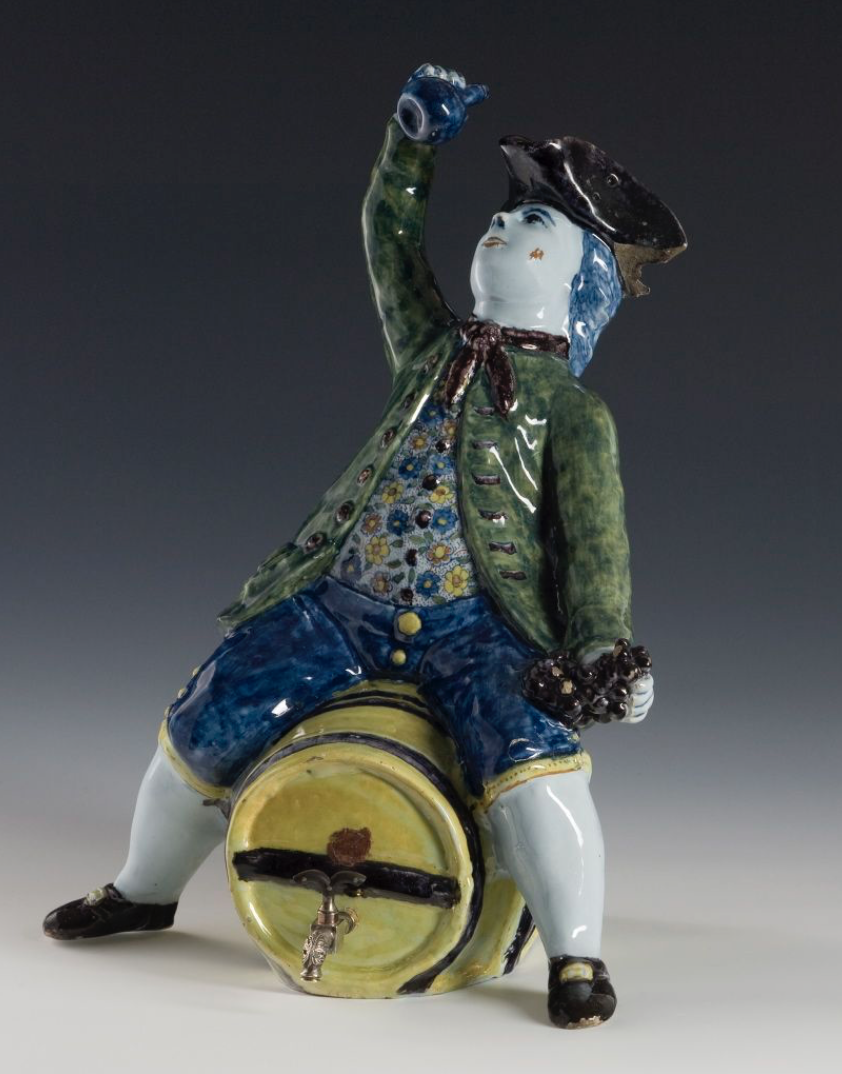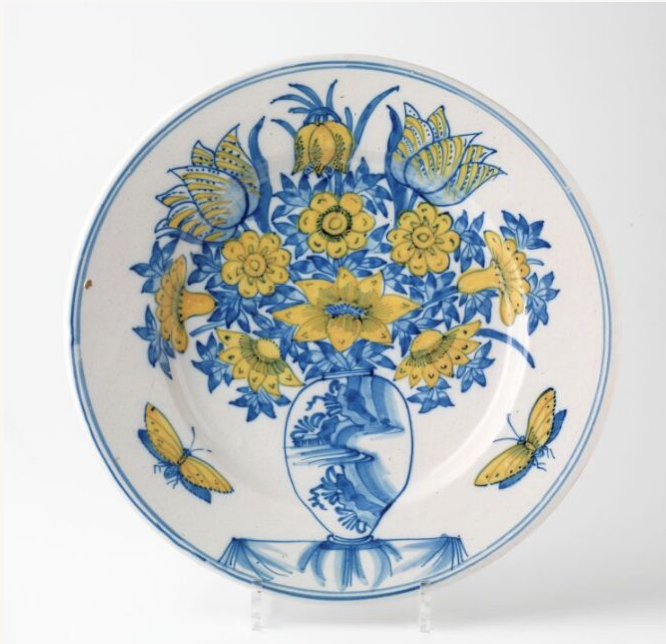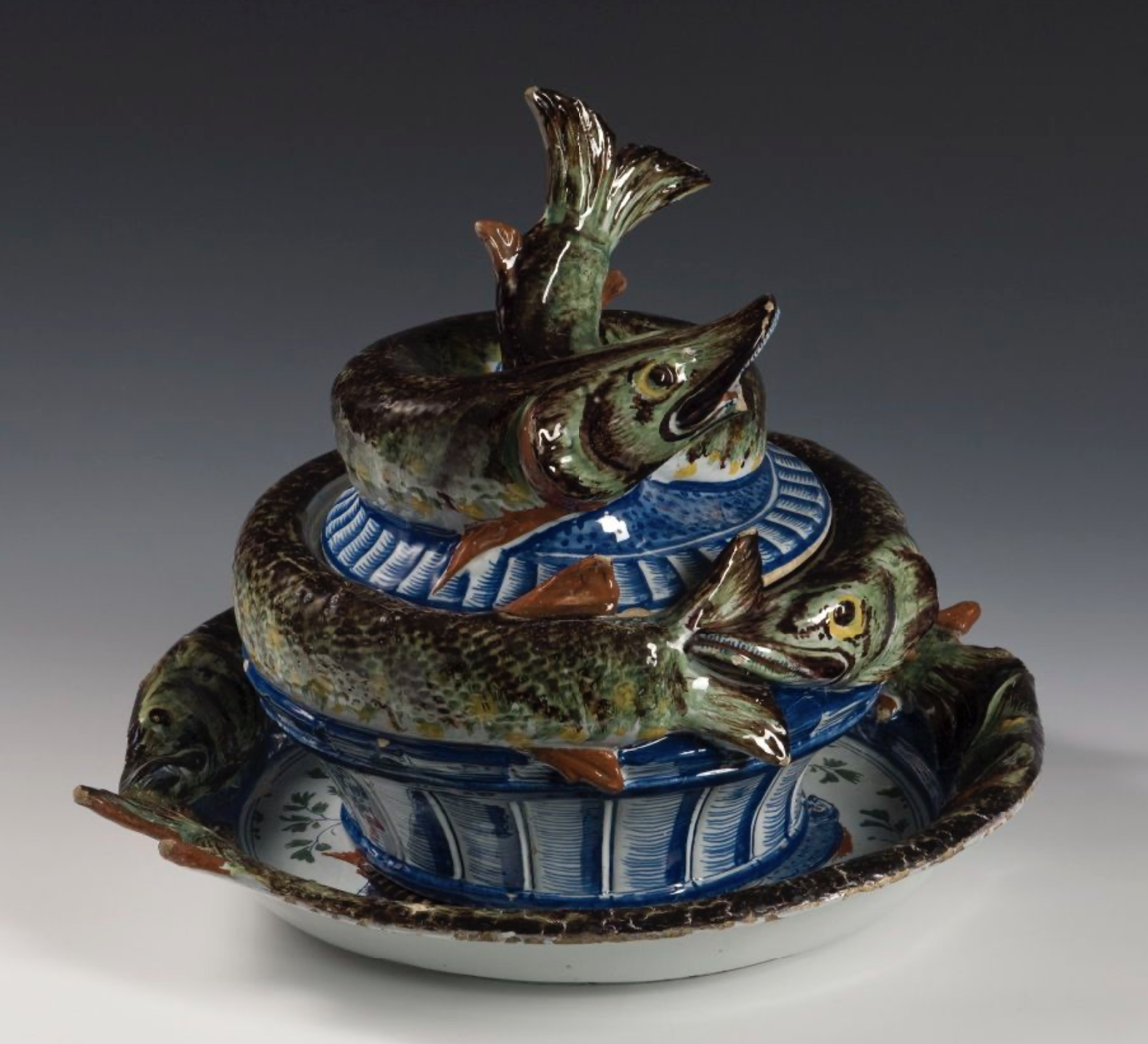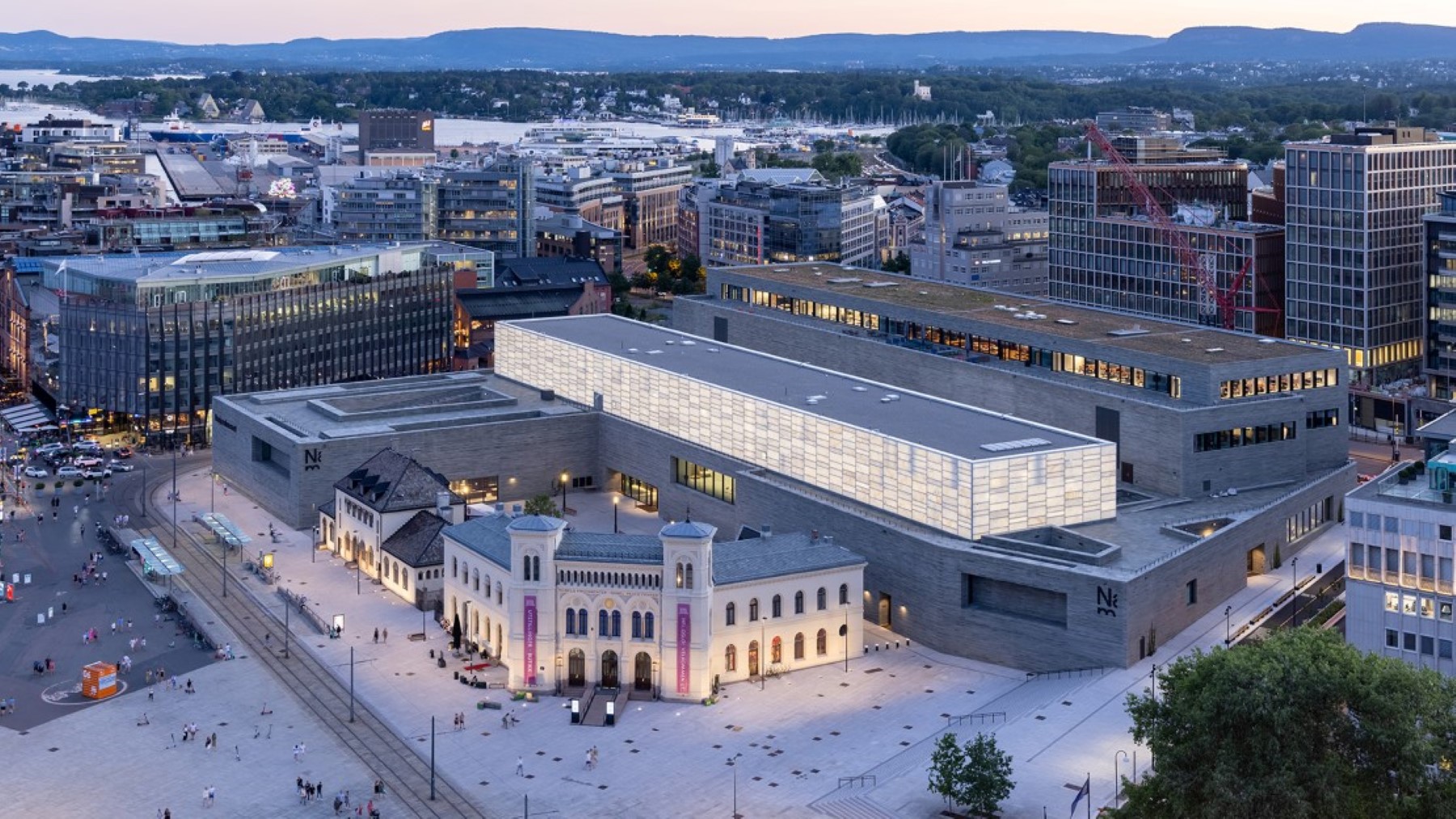The National Museum of Art, Architecture, and Design (Nasjonalmuseet) in Oslo, Norway, is a treasure trove of art, architecture, and design objects. It holds the Norwegian state’s extensive public collection, which spans centuries and genres, making it a cultural landmark in the heart of Oslo.
The National Museum was established in 2003 through the merger of several prestigious institutions: the Museum of Architecture, the Museum of Industrial Art, the Museum of Decorative Arts and Design, the Museum of Contemporary Art, and the National Gallery of Norway. This unification aimed to create a cohesive institution that could better serve the public and showcase Norway’s rich artistic heritage.

In 2022, the museum’s new building opened at Vestbanehallen, centrally located in Oslo. This state-of-the-art facility now houses the entire collection from the previously separate museums. The new permanent exhibition brings together older and modern art, architecture, design, crafts, and contemporary art under one roof, highlighting new and intriguing connections between different artistic disciplines.
The National Museum’s collection is vast, totaling over 400,000 works. It includes iconic pieces such as the first version of Edvard Munch’s “The Scream” from 1893 and a significant collection of paintings from the Norwegian Romantic Nationalism movement. The museum also boasts extensive collections of graphics, drawings, architecture and contemporary art.
 Among its many treasures, the museum houses an impressive collection of Delftware. This collection was originally part of the Art Industry Museum. The origins of the Art Industry Museum date back to 1876, initiated by Professor Lorentz Dietrichson and antiquarian Nicolay Nicolaysen. Founded by the state, it was one of Norway’s first museums and among the earliest art industry museums in Europe. This initiative was likely driven by Norway’s desire to establish itself as an independent nation with a rich cultural identity.
Among its many treasures, the museum houses an impressive collection of Delftware. This collection was originally part of the Art Industry Museum. The origins of the Art Industry Museum date back to 1876, initiated by Professor Lorentz Dietrichson and antiquarian Nicolay Nicolaysen. Founded by the state, it was one of Norway’s first museums and among the earliest art industry museums in Europe. This initiative was likely driven by Norway’s desire to establish itself as an independent nation with a rich cultural identity.
The museum’s collection of design and handicrafts is diverse, ranging from ancient Greek vases and East Asian artifacts to European decorative arts. It includes costumes, fashion and textiles, furniture, silver, glass, ceramics, and crafts. Each piece in the collection reflects the evolution of artistic and industrial design, offering a comprehensive view of cultural history.

Delftware highlights include a rare early Delft dish adorned with a bouquet of yellow flowers, blue and white vases, and figural cisterns and tureens. One standout piece is a large tureen with pikes from circa 1760, marked for Johannes van Duijn of De Porceleyne Schotel. The tureen’s lid features a pike holding a small fish in its mouth, with the tail serving as a handle, showcasing the exquisite craftsmanship and attention to detail.

